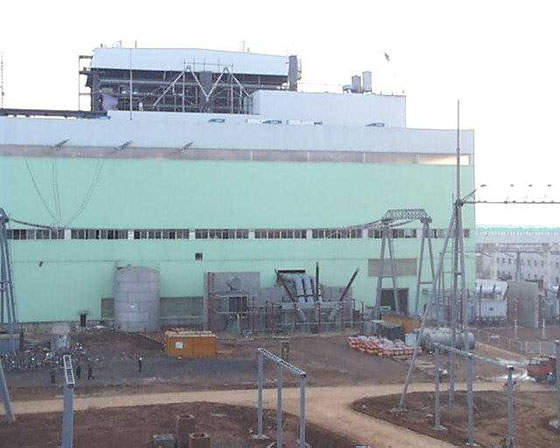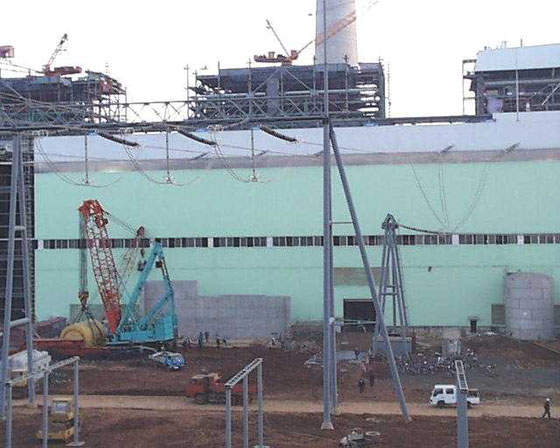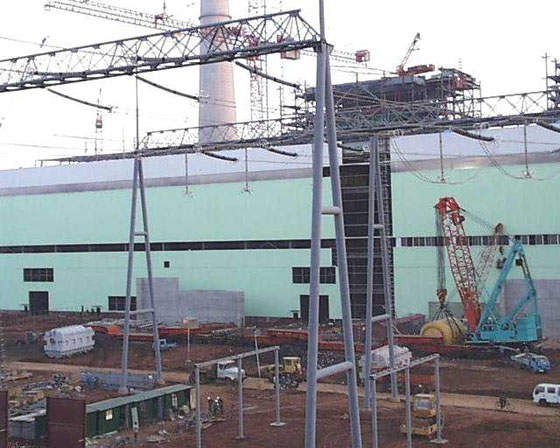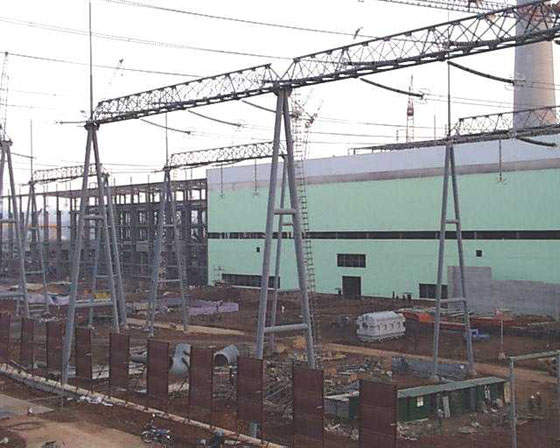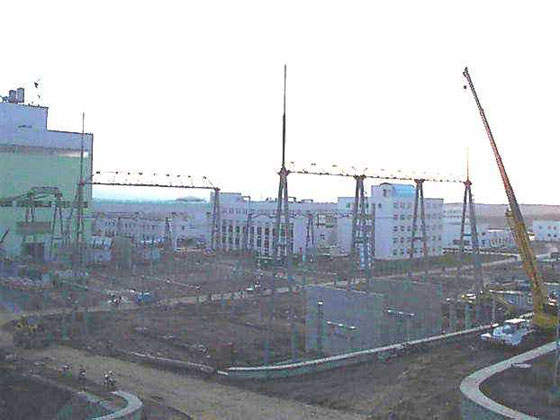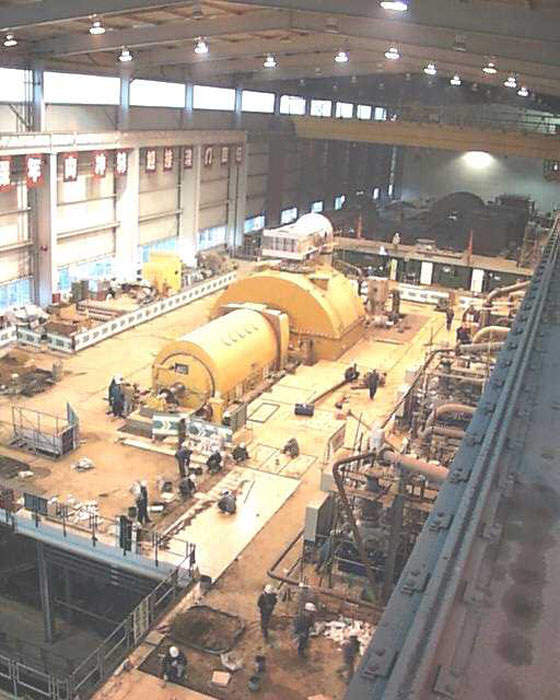Yangcheng International Power Company is operating its 2,100MW (six x 350MW) number one coal-fired plant in Shanxi Province, about 800km south-west of Beijing. The steam generators fire low-volatile anthracite coals from a nearby mine, representing a new power supply strategy for China.
Yangcheng International Power Company is a joint venture between AES Corp, the leading US Independent Power Producer (IPP), and four Chinese groups.
Yangcheng supplies power to the eastern coastal province of Jiangsu as part of China’s effort to substitute the transmission of electricity for the transportation of coal (the coal-by-wire strategy).
Previously, power stations were built close to markets and coal was transported to them. As well as being expensive, this created transport congestion and other environmental problems.
The new power plant was built on the site of the coal mine, in Shanxi Province, and the electricity generated is transmitted through a 740km, high-voltage transmission line to Jiangsu.
Orders for the plant were placed in 1996 and the first turbine was started before the end of 1999. Other turbines started up at five-month intervals until 2002.
Electricity supplied from Shanxi, China’s major coal producer
Shanxi Province, China’s major coal producer, is working on becoming the country’s largest electricity provider. According to a three-year plan, the provincial government set aside RMB¥70bn for improving ten large power plants. After completion of Yangcheng, Shanxi had an installed capacity of 6,500MW and produces 30 billion kWh of electricity for other Chinese provinces annually.
For AES, Yangcheng marked a significant advance in the Chinese IPP market. Its earlier Chinese projects were on the small to medium scale. This project was one of China’s largest, taking AES into the top ranks in the country.
AES invested $98m in the joint venture, with the Chinese subsidiary of US company AES holding a 25% stake in the project. Chinese sponsors include North China Electric Power, local utilities in Shanxi and Jiangsu and provincial investment arms. The partners’ agreement was expected to run for 20 years from the venture formation in October 1996.
In May 2012, AES sold 25% of its equity interest in the plant to Sembcorp Utilities for $85.5m. The move was part of AES’ decision to exit markets which do not provide a competitive advantage. AES planned to sell most of its businesses in China for $134m by the second half of 2012.
With this move, AES’ involvement in China’s National Grid comprises of only one hydro and one gas-fired plant, amounting to a total gross capacity of 75MW or 31MW on an owner-adjusted basis.
Finances backing Yangcheng’s coal-fired plant
Investment of around $1.9bn was mostly covered by debt, although project shareholders supplied $393m in equity. Initial equity investments were made in June 1997. International sources provided around 55% of the finance.
The US Export-Import Bank initially provided $400m, and Germany’s official development finance group Kreditanstalt für Wiederaufbau (KfW) provided a similar sum, at an annual interest rate of about 6.6%. China’s Construction Bank and the China State Development Bank provided the main Chinese project funding.
Contracts awarded and companies involved with Yangcheng power station
Yangcheng awarded contracts worth about $400m to Siemens, and $350m to Foster Wheeler Energy Group, to design and equip the Yangcheng power station. Yangcheng itself handled civil works, commissioning and erection of the plant, although both Siemens and Foster acted as consultants.
Siemens provided plant design and the six 350MW steam turbine units, generators, instrumentation and control equipment. The contract is Siemens biggest to date in China. The company has been involved in five coal projects in the country, with a combined capacity of 5,100MW. Tianjin UBS Park Industrial supplied the steel structure, roofing, siding, decking panels, windows and doors for UBA and UMA Building.
Foster Wheeler provided engineering, procurement and delivery of six 350MW steam generators, coal-handling equipment and ash removal systems. The steam generators use FW’s double-arch fired technology. The group claimed it to be the largest single-steam generator order ever placed in China.
Shanxi Provincial Coal Transportation and Sales Company supplies low sulphur coal to power the station.

